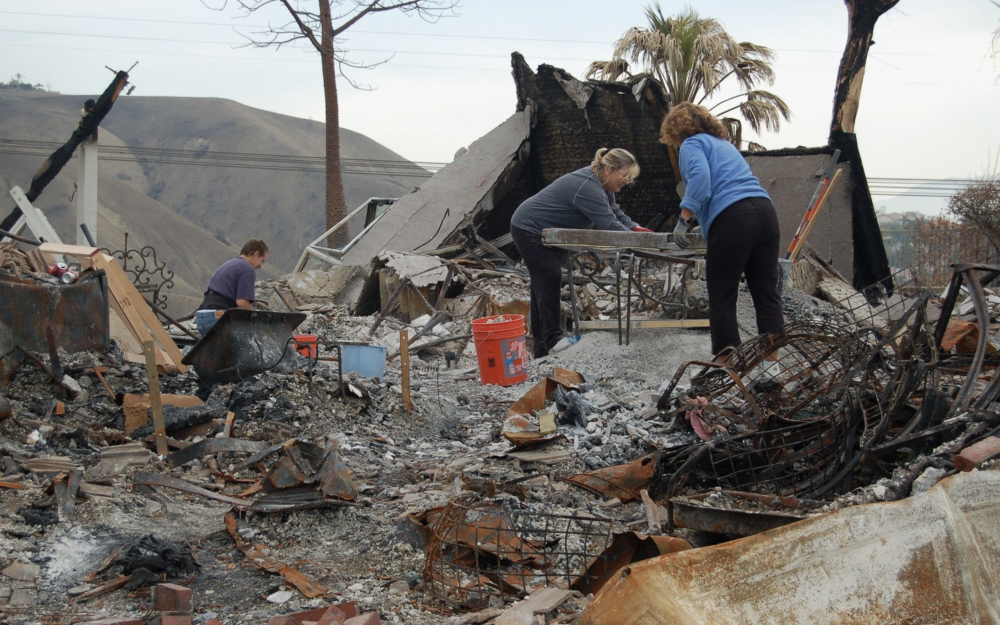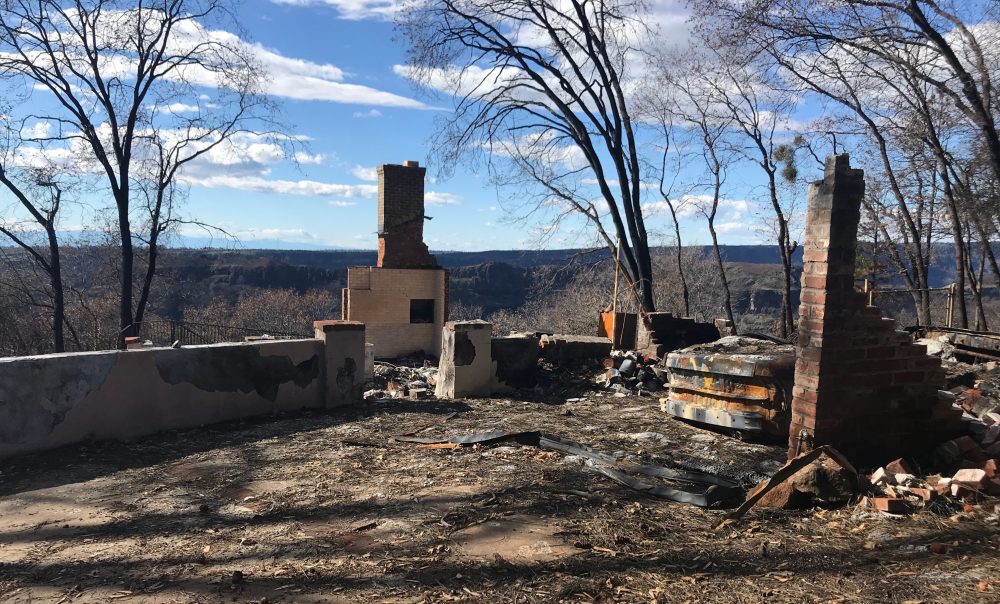Where Californians Can Turn for Assistance
Although our focus at the Center for Disaster Philanthropy (CDP) is on foundation and corporate stakeholders, when disaster strikes, we frequently get contacted by individuals for help. The aftermath of the California wildfires is no different. Since many funders face similar queries, this compilation has some guidance on where people can turn for support, along […]


Although our focus at the Center for Disaster Philanthropy (CDP) is on foundation and corporate stakeholders, when disaster strikes, we frequently get contacted by individuals for help. The aftermath of the California wildfires is no different. Since many funders face similar queries, this compilation has some guidance on where people can turn for support, along with practical considerations to help them navigate the system for assistance.
FEMA is far and away the most important step. It is absolutely critical that individuals and families do everything they are asked to do by FEMA. First, everyone should be registered by the head of household at each address. If the normal head of household is undocumented the application can be made in the name of another documented adult living in the household or a US citizen child. When they meet with a FEMA inspector, applicants can indicate if they’re willing to relocate or if they are rebuilding (and whether or not the home is currently habitable). This may allow access to rental assistance which can be renewed up to 18 months in certain circumstances (Criteria changes, please be aware this is general information only. All cases may vary.) Click here for more information on FEMA assistance. If denied FEMA assistance, an appeal should be filed.
If individuals are sent a loan application from Small Business Administration’s (SBA) disaster loan program, they should apply. This may sound odd for those that are not a small business, however this is a critical stage in the FEMA application process.
In California, Butte County has opened a Disaster Recovery Center in the former Sears store in the Chico Mall to help residents connect with the resources needed to recover and rebuild. The Local Assistance Center will host local, state and federal agencies along with community organizations to answer questions about disaster assistance. The center at 1982 E. 20th St. will be open 9 a.m. to 7 p.m. daily. FEMA will be running its Disaster Recovery Center from the same site. Ideally, people should pre-register with FEMA before going there but it is as important to try to meet with someone as soon as possible. If there is interest in leaving the area, FEMA has in the past issued relocation assistance which might help a family relocate. This is a good conversation to have in person with a FEMA employee.
California may choose to activate their own disaster assistance. This is an automatic process for those who have exhausted FEMA aid and meet certain qualifying criteria.
If a family received Food Stamps at the time of the disaster, their card should have been reloaded with 60 percent of benefits. If not, there is a household delivery program of food that is being set up in the state. This information should be available from 211 or at the Disaster Recovery Center.
A local number in each jurisdiction, calling 211 provides information on community services that are available; it can also be accessed online. Help is available in multiple languages. Like 411 for information, 211 connects people to emergency assistance in any form.
Families involved in the entertainment industry may also qualify for assistance from the Actors Fund.
For those of you who may have friends and neighbors personally impacted, this thoughtful and touching blog written by a mother whose family lost their home in the 2015 Valley Fire is a heartfelt reminder of how even the seemingly smallest actions can mean the world to survivors of disasters.
More like this

What Paradise Has Lost

